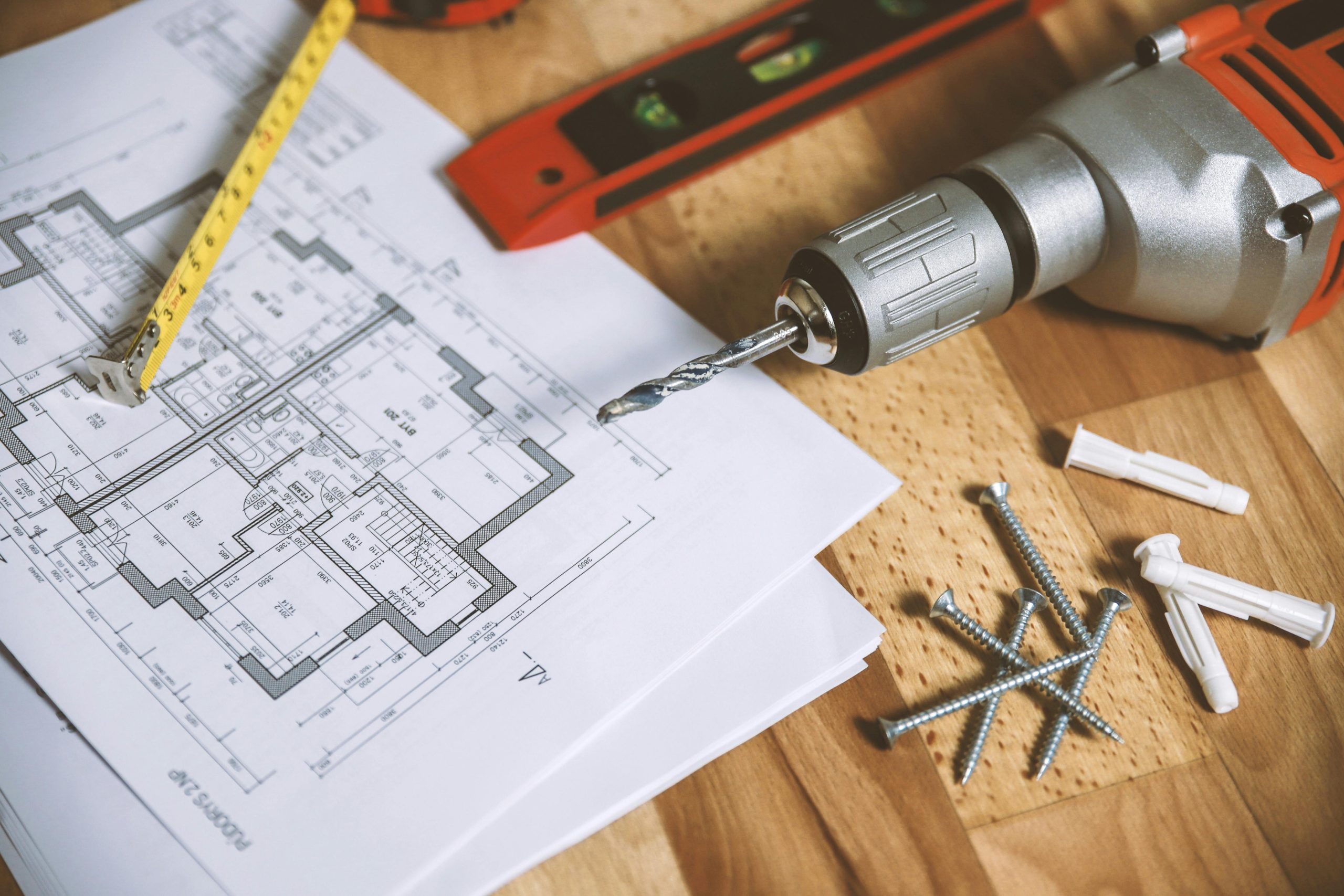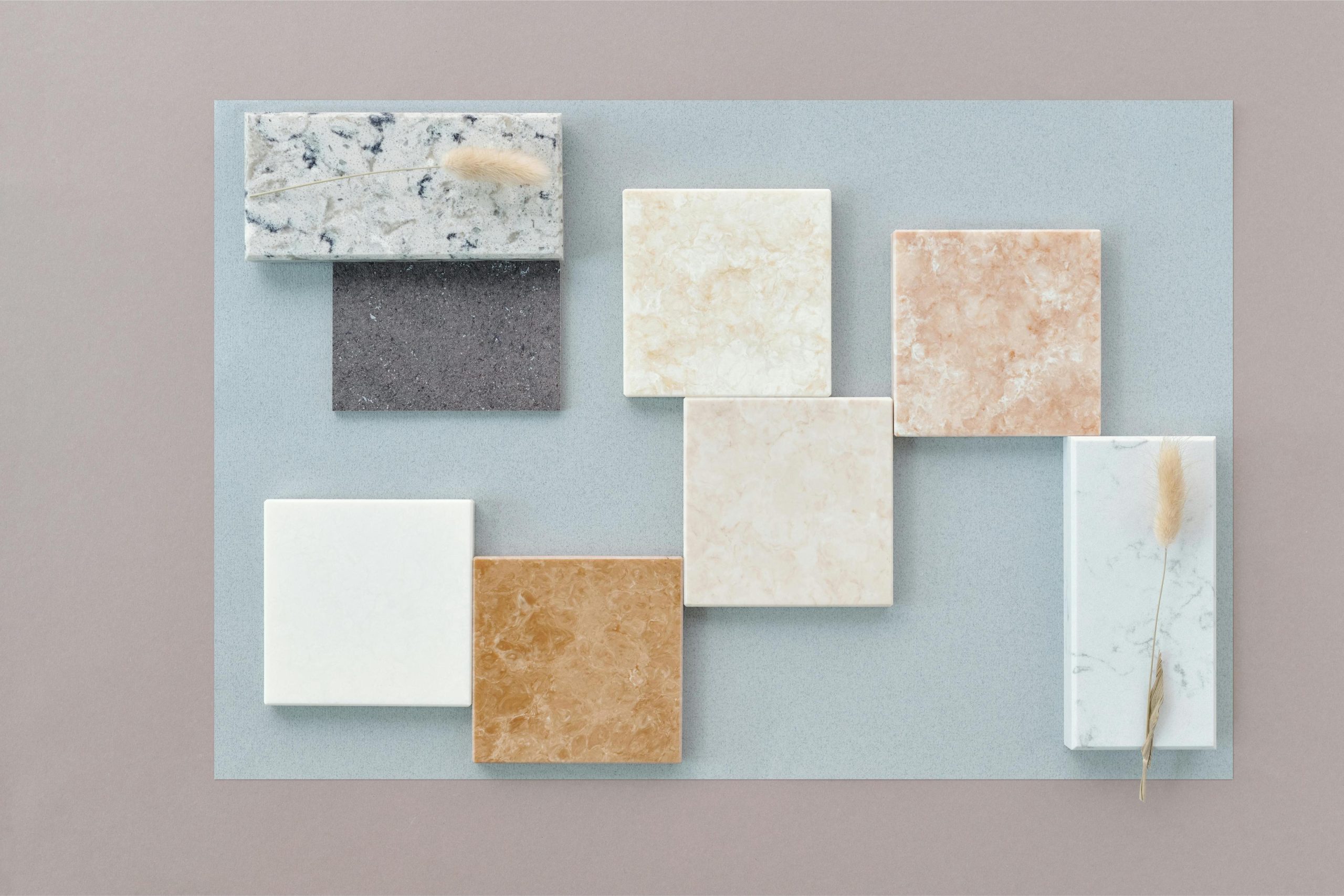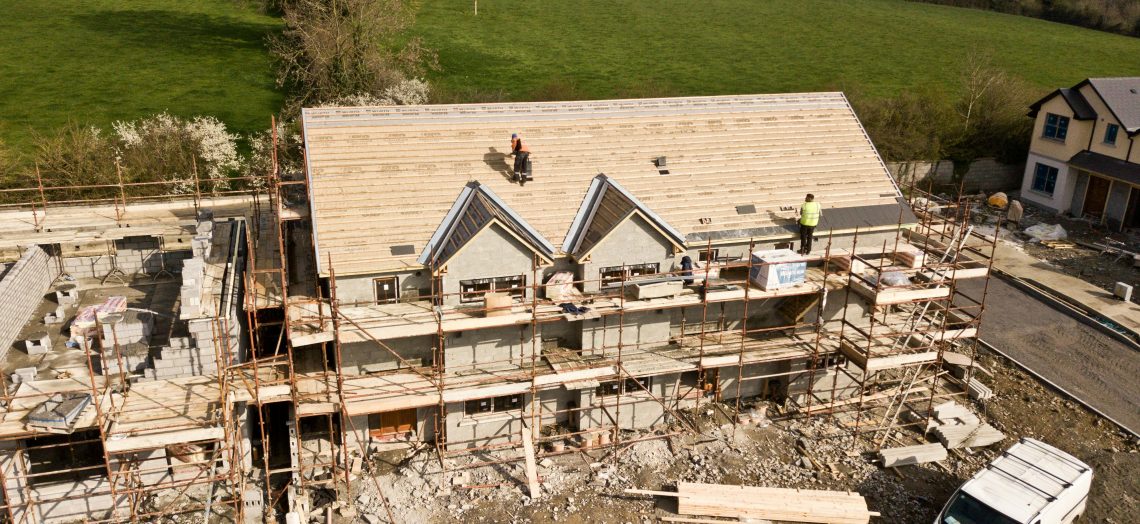Luxury home renovation offers homeowners the opportunity to elevate their living spaces, combining aesthetic appeal, comfort, and high-end functionality. Whether updating a modern mansion or adding opulent touches to a classic property, these projects require careful planning, a clear budget, and attention to detail. A successful renovation balances beauty, practicality, and investment value, ensuring your home reflects your lifestyle while maintaining its market worth.
Planning Your Luxury Renovation

Before breaking ground, planning is essential. Luxury renovations are complex, often involving structural changes, high-end finishes, and cutting-edge technology. The planning stage sets the tone for the entire project.
Key Considerations:
- Define Your Goals: Decide whether you want to modernize, expand, or completely remodel. Consider how each change will improve your home’s functionality and appeal.
- Set a Realistic Budget: High-end renovations can be costly. Include design, materials, labor, permits, and contingency funds. Luxury finishes and custom work often add 20–50% to standard renovation costs.
- Hire Experienced Professionals: Work with architects, interior designers, and contractors who specialize in luxury homes. Their expertise ensures your vision is feasible and compliant with building codes.
- Timeline Management: Luxury renovations can take months or even over a year. A clear schedule prevents delays and ensures coordination among various teams.
Tip: A detailed plan reduces surprises and keeps your renovation within budget and timeline.
Choosing the Right Design Style
Luxury homes often feature bespoke design styles that reflect the owner’s personality, lifestyle, and aesthetic preferences. Selecting a cohesive design style is crucial because it ensures your renovation feels intentional, polished, and harmonious rather than a patchwork of mismatched upgrades. A clearly defined style also guides your choice of materials, furniture, lighting, and décor, making the renovation process smoother and more efficient.
Popular Luxury Home Styles
- Modern Minimalist: Characterized by clean lines, open spaces, and a neutral color palette, modern minimalist homes focus on simplicity and function. Furniture is streamlined, décor is restrained, and clutter is minimized to create a serene, airy environment. Large windows and open floor plans enhance the sense of space and allow natural light to become a focal point.
- Classic Elegance: This style emphasizes timeless sophistication. Traditional layouts often feature high ceilings, crown molding, wainscoting, and luxurious materials such as marble, hardwood, or rich fabrics. The color palette leans toward muted neutrals, golds, and deep jewel tones. Elegant chandeliers, antique furniture, and curated artwork complete the look, exuding refined luxury throughout the home.
- Contemporary Chic: Contemporary luxury combines bold, modern aesthetics with innovative finishes and smart home features. Think statement lighting, geometric patterns, and integrated technology. Colors may include contrasting darks and lights, accent walls, and artistic textures. Contemporary chic often embraces open-concept spaces with multipurpose areas and custom-built furniture, creating a cutting-edge, stylish living environment.
- Rustic Luxe: This style blends the warmth of natural, rustic textures with high-end finishes. Reclaimed wood beams, stone accent walls, and exposed brick coexist with designer furnishings, state-of-the-art appliances, and plush textiles. Rustic luxe homes create a cozy yet upscale atmosphere, often incorporating fireplaces, outdoor patios, and earthy tones to make the home feel inviting and grounded while maintaining elegance.
Design Tips
- Create a Mood Board: Collect samples of paint colors, fabric swatches, flooring, and furniture to visualize how different elements work together. Digital mood boards or apps can help you experiment with styles and layouts before making decisions.
- Consider Room Flow: Ensure that adjacent rooms share complementary styles and colors. Cohesion between spaces improves visual harmony and helps your home feel larger and more connected.
- Invest in Statement Pieces: Iconic furniture, custom cabinetry, or designer lighting can elevate even simple spaces. Choose a few high-quality statement items rather than filling the home with many less impactful pieces.
- Balance Function with Style: Luxury design isn’t just about appearance. Prioritize functionality by incorporating built-in storage, smart lighting, and ergonomic furniture while keeping the aesthetic cohesive.
- Personal Touches: Incorporate elements that reflect your personality, like artwork, travel souvenirs, or custom textiles. Even in highly stylized spaces, personal touches make the home feel lived-in and unique.
Tip: A well-thought-out design style guides all renovation decisions, from flooring and cabinetry to lighting and décor, ensuring your luxury home renovation feels polished, consistent, and timeless.
Upgrading Core Areas
Luxury renovations often focus on high-impact areas such as kitchens, bathrooms, and living spaces. Each space combines practicality with elegance.
Kitchen Renovations
Kitchens are the heart of the home. A luxury kitchen often includes:
- Custom cabinetry with soft-close drawers
- High-end appliances from brands like Sub-Zero or Wolf
- Quartz or marble countertops
- Walk-in pantries for organized storage
- Smart lighting and motion sensors
Tip: Consider a kitchen island that doubles as a breakfast bar or workspace to maximize functionality.
Bathroom Upgrades
Bathrooms can be transformed into spa-like retreats:
- Freestanding soaking tubs
- Walk-in rain showers with multiple shower heads
- Heated floors and towel racks
- Double vanities with high-end fixtures
- Ambient lighting and mirrors with anti-fog features
Living Spaces
Elevate living rooms and lounges with:
- High-quality flooring: hardwood, engineered wood, or natural stone
- Statement fireplaces
- Built-in storage and media units
- Panoramic windows for natural light and stunning views
Technology Integration
Smart home features are now a staple in luxury renovations. Incorporating technology enhances convenience, security, and energy efficiency.
Key Smart Home Features:
- Automated lighting, climate control, and window treatments
- Security systems with cameras, motion sensors, and remote monitoring
- Smart kitchen appliances and entertainment systems
- Voice-activated assistants and integrated home networks
Tip: Plan wiring and infrastructure during the renovation to avoid retrofitting later.
Outdoor Spaces and Landscaping
Luxury home renovation is not limited to interiors. Outdoor areas can dramatically increase the property’s appeal and value.
Outdoor Design Ideas:
- Infinity pools or hot tubs
- Outdoor kitchens and dining areas
- Landscaped gardens with water features and lighting
- Patios and decks with comfortable seating
- Privacy hedges and pergolas
Tip: Consider low-maintenance plants and smart irrigation systems to combine luxury with practicality.
Materials and Finishes

Selecting the right materials is critical in luxury renovations. High-quality finishes not only look stunning but also last longer and increase property value.
Popular Luxury Materials:
- Marble, granite, or quartz countertops
- Solid hardwood floors or engineered wood
- Designer tiles for bathrooms and backsplashes
- Brass, gold, or matte black fixtures
- Custom millwork and cabinetry
Tip: Invest in durability and timeless designs rather than following every trend.
Budgeting and Cost Management
Luxury renovations can be unpredictable, so budgeting wisely is essential.
Budgeting Tips:
- Allocate at least 20% for unexpected costs
- Compare contractor quotes and choose experienced teams
- Prioritize high-impact areas for investment
- Keep track of all receipts and invoices for transparency
Tip: Remember that well-planned luxury renovations often increase property value and provide long-term satisfaction.
Project Management
Managing a large-scale renovation requires organization and attention to detail.
Effective Project Management Strategies:
- Hire a dedicated project manager if needed
- Schedule regular site visits and updates
- Use apps or spreadsheets to track progress and deadlines
- Maintain clear communication with contractors, designers, and suppliers
Tip: Document everything to prevent misunderstandings and ensure your vision is realized.
Maintenance After Renovation
A luxury renovation is an investment. Maintaining finishes, appliances, and features preserves both appearance and value.
Maintenance Tips:
- Regular cleaning with appropriate products
- Routine inspections for plumbing, HVAC, and structural integrity
- Seasonal checks for outdoor areas and landscaping
- Servicing smart systems and high-end appliances
Tip: A maintenance schedule prolongs the beauty and functionality of your renovation.
Luxury Renovation Trends
Keeping up with current design and construction trends can inspire your luxury home renovation and ensure your space feels modern, sophisticated, and high-end. Incorporating trends thoughtfully allows you to enhance both aesthetics and functionality, while timeless elements maintain long-term value.
Popular Trends
- Open-Concept Layouts with Multi-Functional Spaces: Modern luxury homes favor open floor plans that maximize natural light and fluidity between rooms. Multi-functional spaces, like a combined kitchen-dining-living area, provide versatility for entertaining, family time, or work-from-home setups. Sliding partitions or retractable walls offer flexibility while maintaining a spacious feel.
- Eco-Friendly Materials and Energy-Efficient Appliances: Sustainability is a key trend in luxury renovations. Homeowners increasingly select low-VOC paints, bamboo or reclaimed wood flooring, and recycled materials. Energy-efficient appliances, LED lighting, solar panels, and smart thermostats not only reduce environmental impact but also save on long-term utility costs.
- Statement Ceilings and Accent Walls: Unique design elements elevate the visual interest of a room. Coffered ceilings, exposed beams, and textured wall panels create depth and sophistication. Bold accent walls using rich colors, wallpaper, or specialty materials like stone or metallic finishes act as focal points in living rooms, dining rooms, or bedrooms.
- Indoor-Outdoor Living Integration: Luxury renovations often blur the lines between indoor and outdoor spaces. Large sliding or folding glass doors, outdoor kitchens, covered patios, and landscaped gardens seamlessly extend living areas. Water features, fire pits, and comfortable seating areas enhance the experience while providing year-round usability.
- Home Gyms, Theaters, and Wine Cellars: High-end amenities continue to grow in popularity. Private gyms, home theaters with advanced audio-visual systems, and climate-controlled wine cellars add convenience and indulgence. These features not only boost lifestyle comfort but can also increase property value and marketability.
- Smart Home Technology: Integrating automation is increasingly essential in luxury homes. Smart lighting, security systems, climate control, and voice-activated assistants improve convenience, security, and energy efficiency. Homes equipped with modern technology appeal to buyers and enhance everyday living.
Design Tips
- Balance Trends with Timeless Features: While trends inspire creativity, over-reliance on fleeting styles can date a home quickly. Pair trendy finishes with classic materials like marble countertops, hardwood floors, and neutral color palettes for lasting appeal.
- Prioritize Functionality: Luxury isn’t only about aesthetics. Ensure that trendy features serve practical purposes, such as retractable partitions that create flexible living areas or smart kitchen appliances that enhance cooking efficiency.
- Customize for Lifestyle: Select trends that fit your lifestyle and family needs. If you entertain frequently, open-concept layouts and indoor-outdoor integration make sense. For wellness-focused homeowners, a gym or spa area is a practical luxury.
- Consult Professionals: Interior designers, architects, and luxury contractors can provide insights into current trends and help integrate them seamlessly into your renovation. They can also advise on the durability, maintenance, and long-term value of materials and finishes.
Tip: Thoughtful integration of modern trends ensures your luxury renovation feels contemporary while maintaining a timeless, high-end aesthetic that will age gracefully.
Conclusion
Luxury home renovation transforms a property into a dream home that combines elegance, functionality, and comfort. From detailed planning and professional design to high-end finishes, technology, and outdoor enhancements, each element contributes to a sophisticated living space. By budgeting wisely, managing projects effectively, and maintaining your upgrades, you can create a home that’s not only visually stunning but also an enjoyable and practical environment for years to come.
Luxury renovations require thoughtful decision-making, creativity, and collaboration with professionals. Whether you’re remodeling a single room or undertaking a full-scale home transformation, careful attention to every detail ensures that your investment brings lasting satisfaction and elevated lifestyle.
